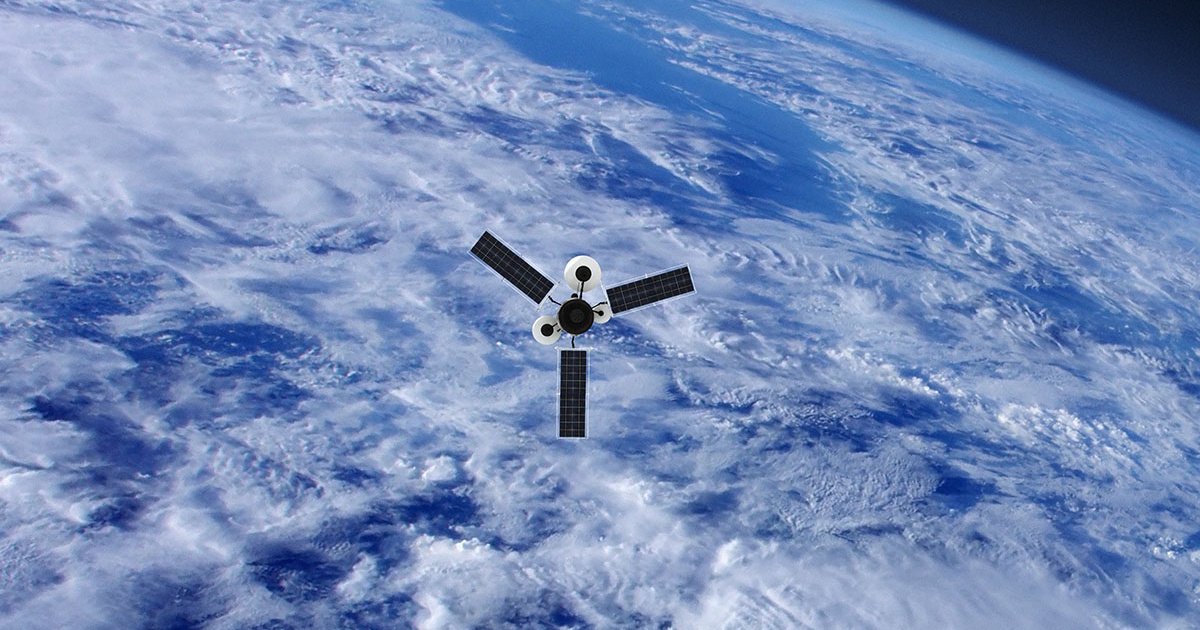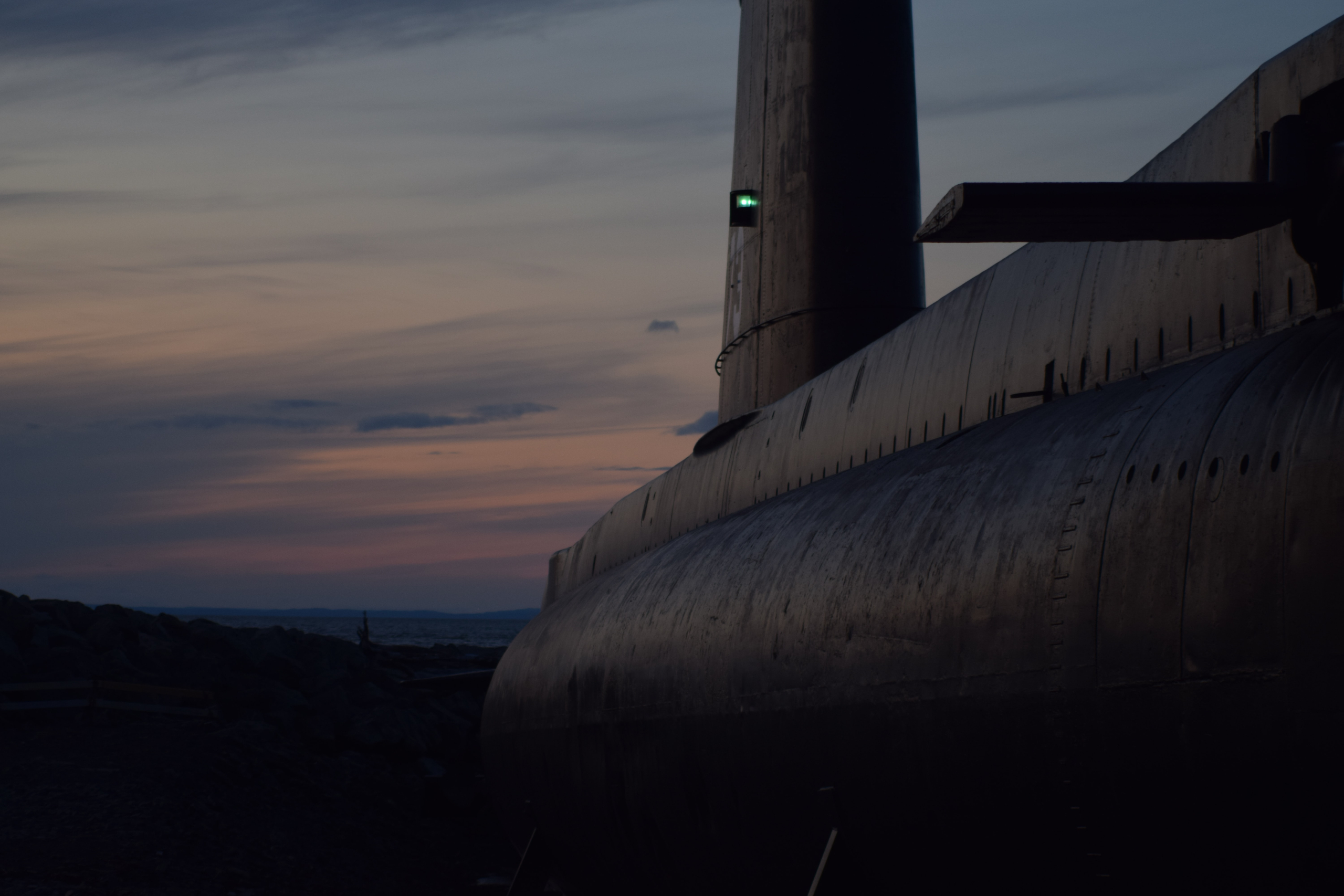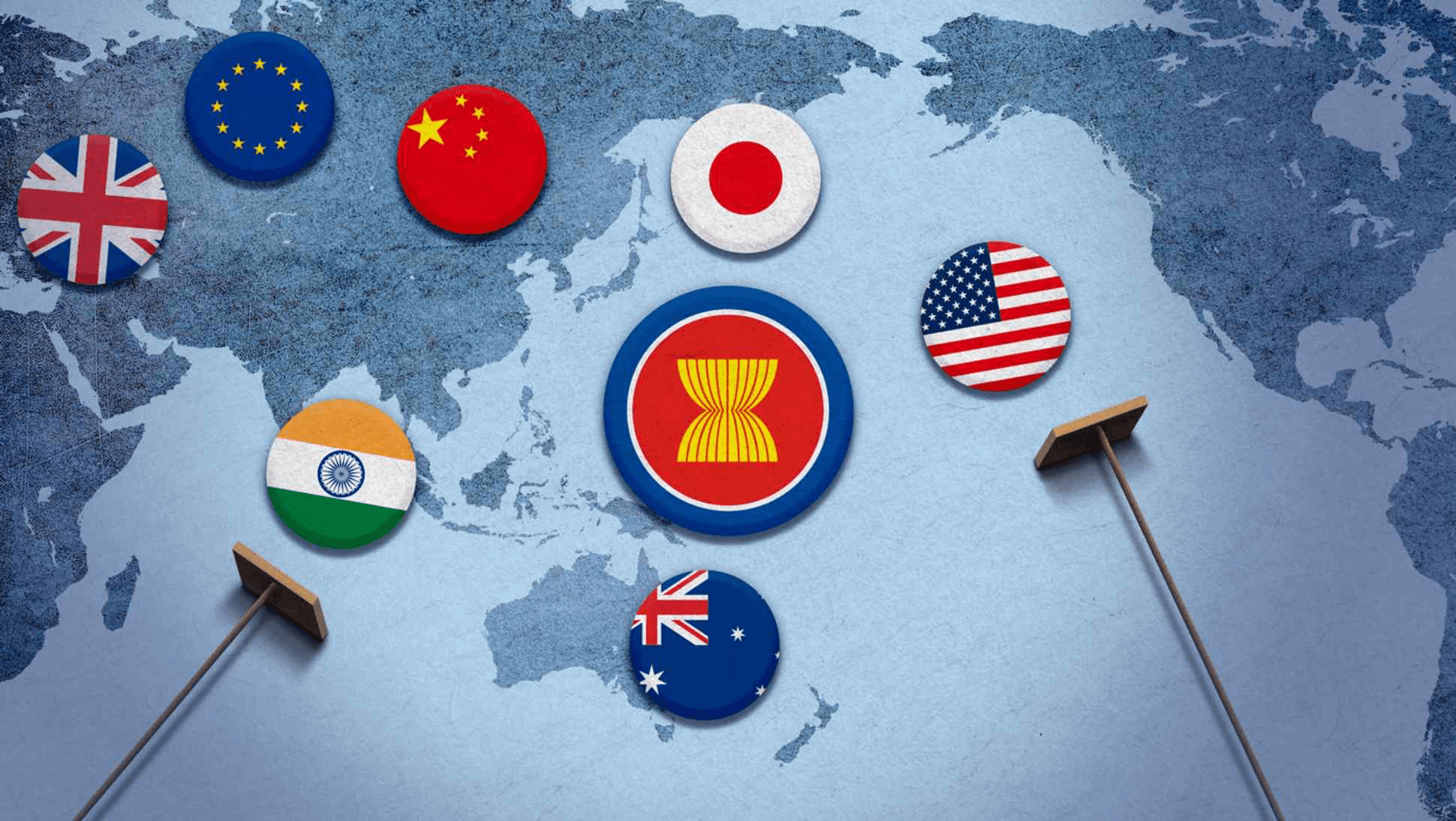Written by Arvhie Santos
Background
When the Association of Southeast Asian Nations (ASEAN) first recognized the concept of human rights in the ASEAN Charter promulgated in 2007, which led to the formation of the ASEAN Intergovernmental Commission on Human Rights (AICHR) in 2009, and subsequently the body’s adoption of the ASEAN Human Rights Declaration (AHRD) on 2012, it did so with the promise that Southeast Asian citizens shall enjoy the same rights and freedoms that all other peoples around the world are endowed with.
This promise has been in grave peril with the flurry of human rights abuses in the Southeast Asian region for the past years. Any hope that ASEAN’s adoption of the AHRD presaged a new era of regional responsiveness to human rights violations was seemingly short-lived. This paper argues that while the adoption of the AHRD has set the stage for a formal human rights discourse in the region, little progress has been made since then for various reasons.
ASEAN’s Effectiveness in Advancing its Human Rights Agenda
- The promises set forth through the AHRD and the AICHR
The AHRD was created by the AICHR with the goal of upholding the rights enshrined in the Universal Declaration for Human Rights (UDHR) while also bearing in mind the region’s socio-economic, political, and cultural particularities in which the AHRD will be operationalized.1 To a certain extent, the AICHR was successful in attaining this goal. ASEAN member-states affirmed therein all the civil and political rights, and all of the economic, social, and cultural rights, in the UDHR.2 The AHRD even included clauses or provisions not circumscribed in the latter, such as one that relates the problem of child labor,3 the rights of those suffering from communicable diseases, including HIV/AIDS,4 as well as the right to development, which must be exercised in a manner consistent with other human rights.5
AHRD was seen as a significant achievement in the region because it reflected the shared commitment and explicit consent of the ASEAN Member-States, through the AICHR, notwithstanding its heterogeneous political and cultural dispositions, to a formal human rights systems and set of principles. Hence, the significance of AHRD as a human rights text emanates mainly from the fact that it represents the AICHR’s first step at human rights standard-setting.6 For this reason, it carries substantial political weight and normative value.
The issue of human rights in the region has gained legitimacy by being incorporated into the AHRD. Thus, it has effectively placed the importance of human rights in the sphere of ASEAN discourse. The AHRD has become a starting point for the development of regional human rights norms. Establishing rights institutions and authorizing the use of rights language legitimizes norms that protect dissent and political contestation, in turn aiding the kinds of contestatory rights politics that press for the realization of these norms in regional and domestic political life.7
From an optimistic point of view, AHRD is regarded as a preliminary to a serious regional-level effort to promote and protect the rights set out in the UDHR.8 It laid the groundwork for the passage of subsequent international treaties and independent mechanisms for a stronger realization and protection of Southeast Asian citizens’ human rights. However, for all of ASEAN’s “commitment to the promotion and protection of human rights and fundamental freedoms,”9 the many pitfalls surrounding its human rights architecture have allowed the continuous perpetration of human rights atrocities within its Member-States with few repercussions.
- The general situation of human rights in the region
Home to the world’s newest regional human rights system, it seems Southeast Asia is back to being a “club for dictators” with the onslaught of human rights violations in recent years. In Brunei Darussalam, the entry into force of its new revised Penal Code would result in human rights violations because it allows the punishment of homosexuality, adultery, and rape with the death penalty.10 In Cambodia, authorities have pursued a heavy crackdown against the media.11 As in the case of two of the reporters of Cambodia Daily newspaper who were investigated for baseless charges of “incitement.”12 Indonesia was urged to halt threats and intimidation against human rights defender Veronica Koman and her family.13
In Laos, human rights activists Ms. Lodkham Thammavong, Mr. Soukane Chaithad, and Mr. Somphone Phimmasone have been deprived of their liberty and their right to a fair and free trial for more than five years since their arrest.14 In Myanmar (Burma), military units carried out a large-scale ethnic cleansing of the Rohingya Muslim population through arbitrary detention, massacres, mass arson, and sexual violence.15 In Malaysia, violence against the LGBT community has been pervasive, with the murder of a transgender woman Sameera Krishnan in February 2018 and the rape and murder of T. Nhaveen in June of the same year, to name a few.16
In the Philippines, more than 120 children, including a one-year-old, were killed during Former President Rodrigo Duterte’s “war on drugs.” According to a report, most were killed while in the company of adults who were the supposed target or were deliberately shot as proxies.17 In neighboring Thailand, serious human rights concerns continue to persist, highlighted by its recent refoulement of asylum seekers who are seen as illegal migrants subject to arrest and deportation to Cambodia, where their lives and freedom would be at risk.18 In Viet Nam, freedom of expression and freedom of assembly have seriously deteriorated with the increasing number of journalists and rights defenders who have been arbitrarily detained.19
- The pitfalls and insights
The lack of human rights progress in the region for the past decade magnifies the shortcomings of the AICHR and the AHRD to produce “the full realization of human dignity and the attainment of a higher quality of life for ASEAN peoples.”20 For one, the culture of ASEAN foreign relations generally does not encourage an establishment of cooperative approaches that would interfere with member-states domestic affairs. The ‘ASEAN way’ emphasizes that consensual decision-making and non-interference—including in the form of criticism towards human rights violations—in the internal affairs of fellow ASEAN member-states are overriding principles of intra-ASEAN relations.21
Hence, as the institution responsible for the promotion of human rights, the AICHR must be guided by the principles of non-interference, sovereignty, territorial integrity, and respect for independence. These principles are deemed in conflict with the international human rights standards as enshrined in the UDHR and the Vienna Declaration, such as universality, interdependence, indivisibility, and interrelatedness of all human rights.22 This kind of approach leaves us with the danger of yielding the future of its human rights agenda to the political will of each member state’s government, some of which are patently unwilling or unable to abide by their human rights obligations.
Secondly, AICHR consists of ten commissioners, all appointed by their respective governments. As an intergovernmental consultative body, it has no formal compliance or enforcement mechanisms. Its Terms of Reference do not envision the AICHR to have any judicial mandate nor provide any legal procedure23 through which a state or individual can file a suit or avail a remedy concerning alleged human rights atrocities by member-states, which differentiates it from the African, European, and Inter-American regional human rights systems.24 In conjunction and as previously mentioned, the AICHR’s commissioners are appointed by member-states and are, therefore, “accountable to” their appointing governments, who may decide, at the latter’s discretion, to replace them. Hence, the AICHR commissioners did not act, in meetings and consultations about the AHRD, as independent agents who were interested in furthering human rights discourse. They are bound by the strict instructions of their government which hinders them from carrying out their work progressively and holding their own or any member-state responsible.
This is aggravated by the fact that civil society organizations (CSOs) had virtually little or no participation at all in drafting the AHRD.25 Despite repeated calls for transparency and participation from CSOs, it was not until September 2012 that a draft was formally circulated.26 By excluding or giving CSOs minimal opportunity to provide their inputs, the ASEAN citizens were not given an adequate way to ensure that their concerns were introduced, received, and incorporated into the Declaration. In May 2012, the United Nations High Commissioner for Human Rights, Nava Pillay, expressed that “No discussion of human rights can be complete or credible without significant input from civil society and national human rights institutions.”27
What’s Next?
This article has presented a brief analysis of the situation and the legal framework in relation to human rights in the region. First, it has been asseverated that the ASEAN has laid down the foundation for the development of future binding human rights instruments in the region through the AICHR and the AHRD. Second, and in juxtaposition to the first, it has examined the general situation of human rights in the SEA, which implies that a lot of work still has to be done. Finally, it has argued that the ASEAN, despite the steps it has taken, still falls short in protecting the fundamental rights of its people.
A human rights text, in this case, the AHRD, is indeed an important first step, but ultimately, the actual value of one will be evaluated by the role it plays in compelling concrete actions to promote and protect the ASEAN peoples’ basic rights and freedoms. While political and economic challenges do exist and present an enormous stumbling block, they should not stop the ASEAN from initiating concrete plans to achieve a truly peaceful region that respects its peoples’ human rights. Further, the ASEAN is in a fortunate position, being the newest among other regional human rights systems. It could draw inspiration and learn experiences from these older models.
Through this article, the author meant to initiate discourse and reflection on the first decade of the ASEAN human rights regime. It acknowledges the aspirations of the regime to promote and protect human rights and, at the same time, identify challenges and opportunities for reform.
About writers:
- Arvhie Santos is a Filipino liberal arts graduate with a degree in Philosophy from the University of Santo Tomas-Manila. Currently, she is pursuing her Juris Doctor degree. A paralegal by profession and a human rights advocate by heart, she is committed to promoting human rights, social justice and democracy through education, research, legal aid, and mobilization. Arvhie is also the Vice President for Training, Exchange, and Development of Asian Law Students Association – Philippines. She is affiliated with the Free Legal Assistance Group, Human Rights and People Empowerment Center, Court Appointments Watch PH, and the Citizens Alliance for Life and the Law of the Sea. She can be reached through arvhie.santos.law@ust.edu.ph.
Bibliography
- Catherine Renshaw, Human RIghts and Participatory Politics in Southeast Asia, p. 81.
- Association of Southeast Asian Nations, ASEAN Human Rights Declaration, November 2013, Article 10 & Article 26.
- Betty Yolanda, et. al. “The ASEAN Human RIghts Declaration: A Legal Analysis,” American Bar Association Rule of Law Initiative, 2014, p. 1.
- SUNDRIJO, Dwi Ardhanariswari. (2021) Regionalising Global Human Rights Norms in Southeast Asia (Cham, Switzerland: Palgrave Macmillan).
- Catherine Renshaw, Human RIghts and Participatory Politics in Southeast Asia, p. 3.
- Association of Southeast Asian Nations, ASEAN Human Rights Declaration, November 2013.
- (“Bachelet urges Brunei to stop entry into force of “draconian” new penal code”, 2019)
- (“Increasing attacks on Cambodia’s media are a threat to democracy – UN human rights report”, 2022)
- (Human Rights Watch, 2018)
- (“Indonesia: Stop reprisals against woman human rights defender – UN expert”, 2021)
- (“Lao PDR: Five years after arrest, human rights defenders still denied access to lawyers – UN expert”, 2021)
- (“Rohingya: the deadly situation in Myanmar explained”, 2021)
- (Human Rights Watch, 2018)
- (Radcliffe, 2020)
- (“Comment by UN Human Rights Office spokesperson Rupert Colville on killing of Cambodian activist and refoulements from Thailand”, 2021)
- (“Viet Nam: UN rights office denounces ‘increasing clampdown’ on freedom of expression”, 2021)
- Association of Southeast Asian Nations, ASEAN Human Rights Declaration, November 2013. p. 13.
- Constructing a Security Community in Southeast Asia: ASEAN and the Problem of Regional Order by Amitav Acharya, London and New York, Routledge, 2001. However, this should not be construed in such a way that the ASEAN never engaged in human rights discussions amongst themselves. The case of Temple of Preah Vihear Case (Cambodia v. Thailand), ICJ Reports, 15 June 1962 was the first intra-Asian case referred to the International Court of Justice (ICJ). Moreover, Singapore and Malaysia referred a territorial dispute to the ICJ: Sovereignty over Pedra Branca/Pulau Batu Puteh, Middle Rocks and South Ledge (Malaysia/ Singapore) Judgment, ICJ Rep 2008 12. The Philippines and Cambodia have also recognized as compulsory ipso facto the jurisdiction of the ICJ under Article 36, paragraph 2, of the Statute of the International Court of Justice.
- Yuval Ginbar, “Human Rights in ASEAN-Setting Sail or Treading Water”, Human Rights Law Review, Vol. 10 (3) September 2010, p. 514.
- Nicholas Doyle (2014). The ASEAN Human Rights Declaration and The Implications of Recent Southeast Asian Initiatives In Human Rights Institution-Building And Standard-Setting. International and Comparative Law Quarterly, 63, pp 67-101.
- Pepina Jane A. Petralba (2013). Hornbook on International and Philippine Human Rights Laws. REX Book Store, 37.
- It is well to note that CSOs–which are primarily composed of faith-based organizations, non-governmental organizations, labour unions, and indigenous groups–are traditionally recognized for their importance in defending human rights and holding governments accountable.
- See, e.g., Forum Asia, “Civil Society Demands Transparency and Consultation on the ASEAN Human Rights Declaration” (Apr. 8, 2012), at http://www.forum-asia.org/?p=12449.
- Office of the High Commissioner for Human Rights, “Next two years key to human rights development in ASEAN region – UN human rights chief”, 28 November 2011. See also International Federation for Human Rights Joint Statement, “The ASEAN Human Rights Declaration: Drafts Must Be Published and Subject to Meaningful Consultations with Local, National and Regional Civil Society and Human Rights Defenders” (May 2, 2012), at http://www.fidh.org/en/asia/asean/The-ASEAN-Human-Rights-Declaration.










